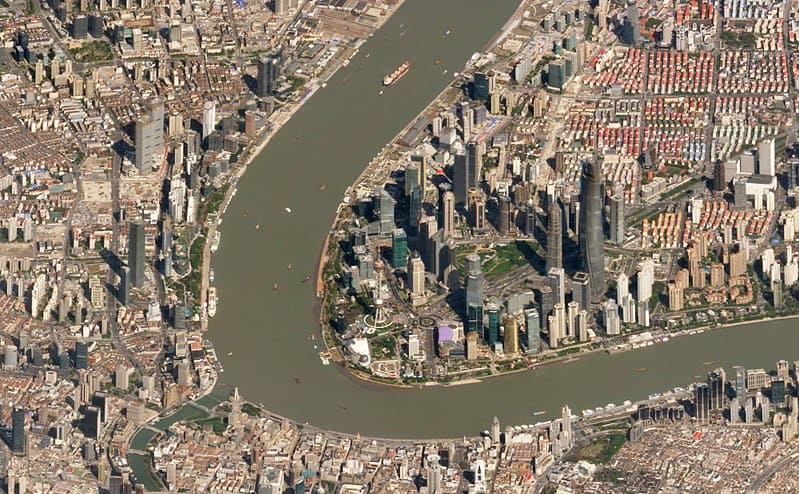China’s benchmark loan prime rate (LPR) has remained unchanged for the seventh consecutive month, with domestic analysts seeing little likelihood of zcjuxgmdng in the near-term following the Chinese central bank’s decision to reduce the required reserve ratio (RRR) by 25 basis points in March.
According to data released by the National Interbank Funding Center on March 20, the 1-year LPR currently stands at 3.65%, while the 5-year LPR is 4.3%. Both readings are the same as the prints for the previous month, with the LPR remaining unchanged for seven consecutive months.
Domestic analysts say that a range of factors are behind the stationary LPR, and that it is unlikely to see any declines in the near-term.
The interest rate for the Chinese central bank’s medium-term lending facilities (MLF) – one of its key open market instruments, remained unchanged on 15 March. The rates for the central bank’s open market instruments are referred to in China as “policy rates,” and are key drivers of changes in the LPR, which is itself based on the loan rates provided by a cohort of quoting banks to their best customers.
Wang Qing (王青), chief macro analyst at Golden Credit Ratings, said that factors such as strong loan growth at the beginning of the year and rising expectations of economic recovery have also led to a rapid increase in market interest rates.
This means that the recent increase in the marginal capital cost of banks will weaken the motivation of the LPR’s quoting banks to reduce their loan rates.
Wen Bin (温彬), chief economist at China Minsheng Bank, said the central bank believes that the current real interest rate level is at an appropriate level, and there is relatively limited room for continuing to guide declines in the LPR in the short term.
However, guidance by policymakers will still seek to channel support to”important areas and weak links” of China’s real economy by means of differentiated “targeted interest rate cuts.”
Wen further points out that since the beginning of the year, the market interest rate has seen rapid increase and the cost of bank liabilities has risen, restricting the potential for LPR declines.
“At present, domestic fundamentals are stabilizing and improving, and ‘broad credit’ growth is accelerating. Against the background of the increasing willingness of enterprises to raise funds and the stabilization of the real estate sector, it is not necessary to cut interest rates and LPR in the short term.” Wen said.
“The increase in liabilities cost has put further pressure on the net interest margins of banks, and there is insufficient space and motivation for them to raise the LPR.”
Wen further points out that the People’s Bank of China’s (PBOC) latest cut to the RRR will not generate sufficient liquidity to reduce liabilities costs.
“The central bank’s surprise RRR cut in March is intended to release low-cost medium- and long-term liquidity and ease the pressure on the liabilities side of bank balance sheets.
“However, this RRR cut is relatively small, and the capital cost savings are relatively limited, which is not enough to drive a reduction in the LPR.”
A research report from Debon Securities estimates the 0.25 percentage point RRR cut may achieve savings for the Chinese banking system about 13.5 billion yuan, but even with two across-the-board RRR cuts in 2022, it would still be difficult to reach the minimum reduction of 5 basis points that would trigger a direct reduction in LPR quotations.
The RRR cut and other measures launched by Chinese policy makers will nonetheless keep financing costs for China’s real economy at moderate levels, even if the LPR remains unchanged.
“The economy has entered a stage of recovery, but the foundation is still not solid,” Wang Qing said.
“In the short term, it is still necessary to keep corporate financing costs and personal consumption credit costs at a low level to create a favorable monetary and financial environment for economic recovery.
“This is why the central bank has recently continued to implement large-scale reverse repos, increased the volume of outstanding MLF, as well as an important reason for the implementation of a comprehensive RRR cut in March.
“Even though LPR quotations remained stable in March and the scale of credit extension increased significantly in the first two months of the year, financing costs for the real economy are expected to remain low in the first half of this year, given the central bank’s RRR cuts in December and March as well as the general reduction in deposit interest rates since September last year.”




